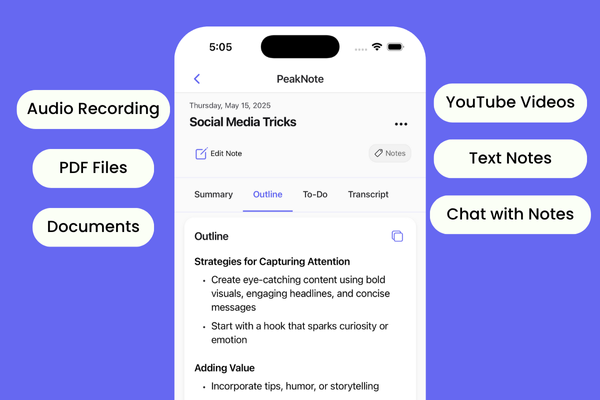In the digital world, how we store and handle data can significantly impact the success of any project. Databases, a crucial part of this data management, come in various types and forms.
Two popular database systems in use today are MySQL and MongoDB. Each comes with its own unique features and advantages, and understanding these differences is critical when deciding which one to use for your needs.
This blog post is designed to help beginners understand the key differences between MySQL, a well-established Relational Database Management System (RDBMS), and MongoDB, a dynamic NoSQL database.
By breaking it down to basics, we aim to make the decision-making process more comfortable for you, helping you choose the right system that aligns best with your project requirements.
Database Type
MySQL:
This is a Relational Database Management System (RDBMS). That means MySQL stores data in a structured format using tables, rows, and columns. If you imagine a traditional spreadsheet, you're on the right track.
MongoDB: This is a NoSQL database. The data in MongoDB is stored in a format called BSON, which is similar to JSON (a popular data exchange format on the web). Instead of tables, MongoDB organizes data into collections of documents, which are more flexible than rows and can contain different types of data.
Schema
MySQL
In MySQL, you have to define your schema before you start inserting data. This means you need to specify what fields each table will have and what type of data each field will contain.
MongoDB
MongoDB is schema-less. This means that you don't need to define your schema before inserting data. Each document in a collection can have a different number of fields, content, and size.
Scalability
MySQL
MySQL is typically scaled vertically. This means when the database needs more resources, we have to increase the specifications of the individual server (more CPU, more RAM, etc.).
MongoDB
MongoDB, on the other hand, is built for horizontal scalability. This means when more resources are required, MongoDB can spread data across multiple servers. This is often a more cost-effective and flexible approach to handle growing data.
Query Language
MySQL
MySQL uses SQL (Structured Query Language) for querying the database. SQL is a powerful language that can perform complex queries and is widely used in the industry.
MongoDB
MongoDB uses a JSON-like query language that’s more flexible and can sometimes be easier for developers to work with, especially those working with JavaScript and JSON data.
Transactions
MySQL
MySQL has full ACID (Atomicity, Consistency, Isolation, Durability) properties. This means that transactions are processed reliably, and the database ensures that all operations within a transaction are completed or none are.
MongoDB
MongoDB also supports ACID transactions from version 4.0 and onwards. But, it's typically used in applications where data integrity is not as critical and performance for high data volume is more of a priority.
Replication
MySQL
In MySQL, the common replication setup is master-slave replication. The master database is used for writing data, and slave databases are read-only copies of the master database. This is used for load balancing and data backups.
MongoDB
MongoDB supports both master-slave replication and master-master replication. In a master-master setup, all databases can be used to write and read data, providing higher availability.
Performance
MySQL
MySQL is optimized for complex queries and can handle large amounts of data very efficiently when the data is properly indexed. It's a great choice when you need to perform complex transactions or joins across multiple tables.
MongoDB
MongoDB is often faster for write operations and can handle large volumes of unstructured or semi-structured data more efficiently. This makes MongoDB a good choice for real-time analytics and processing massive amounts of data.

